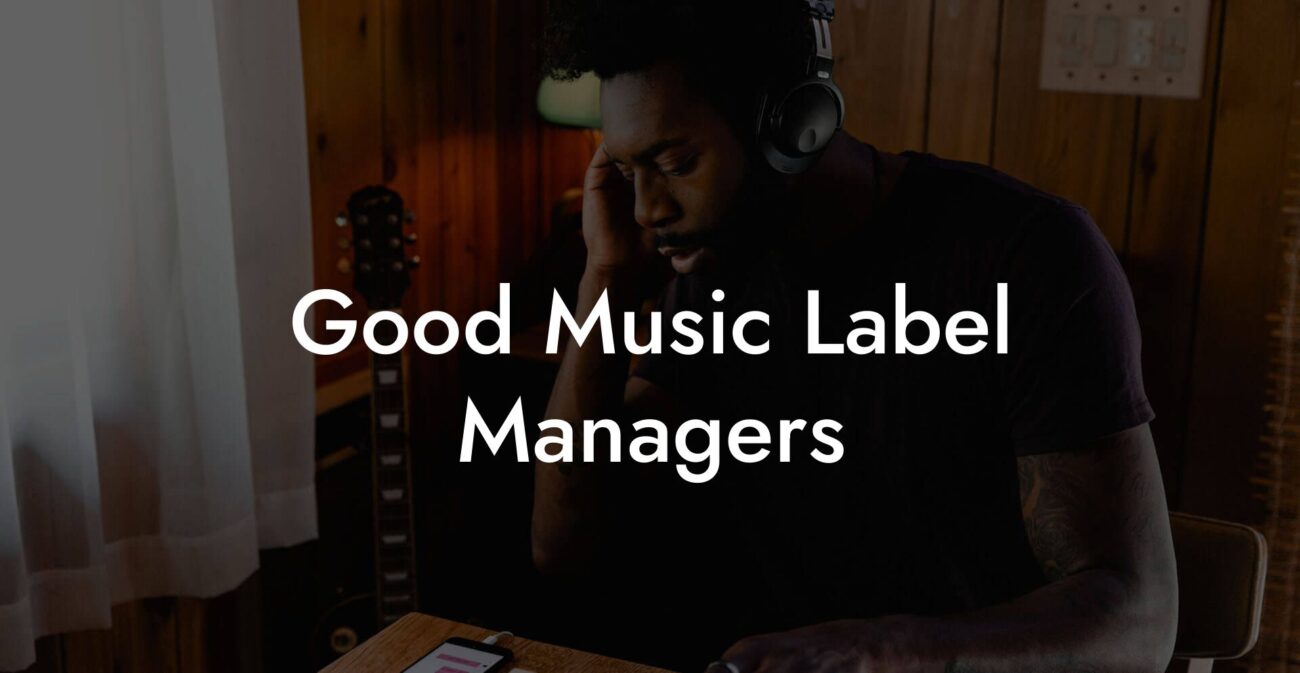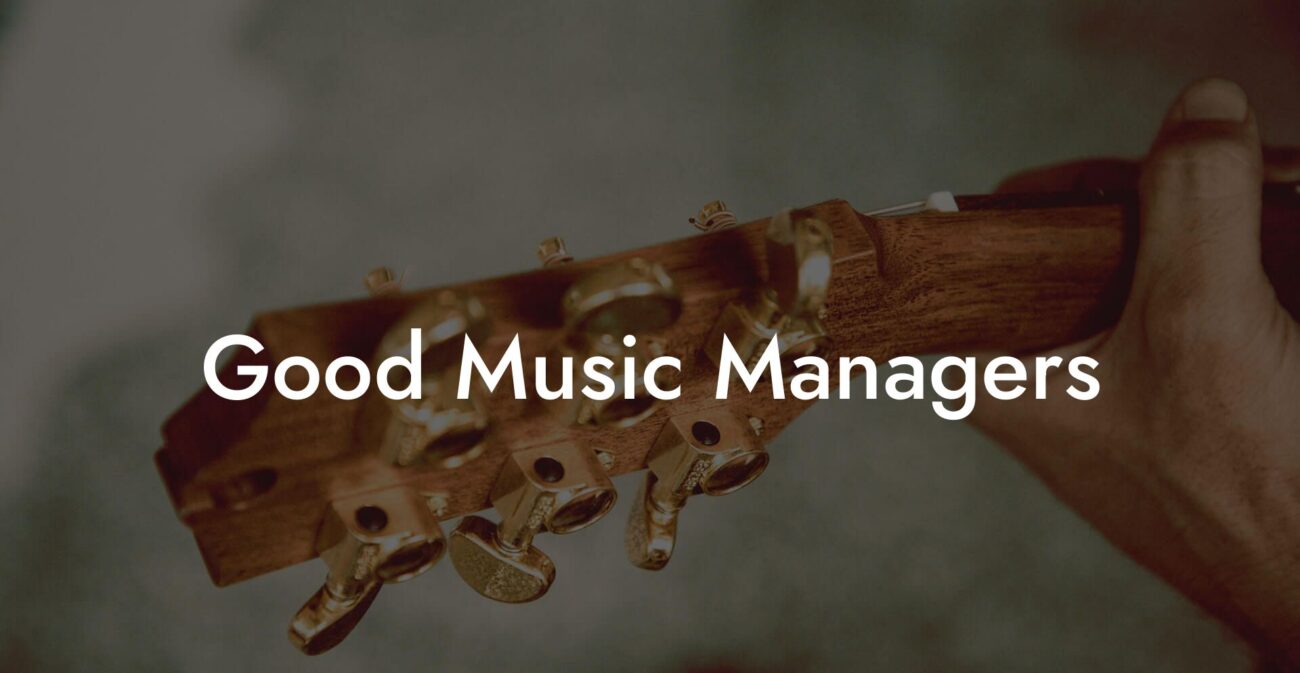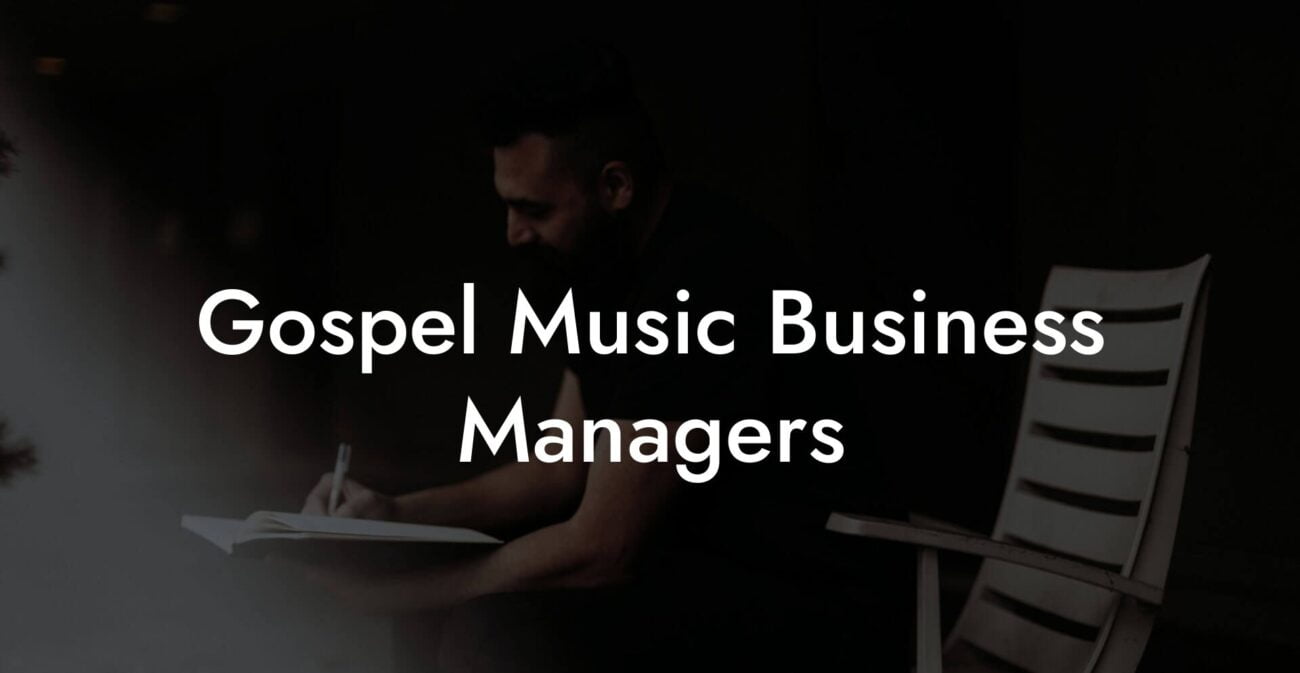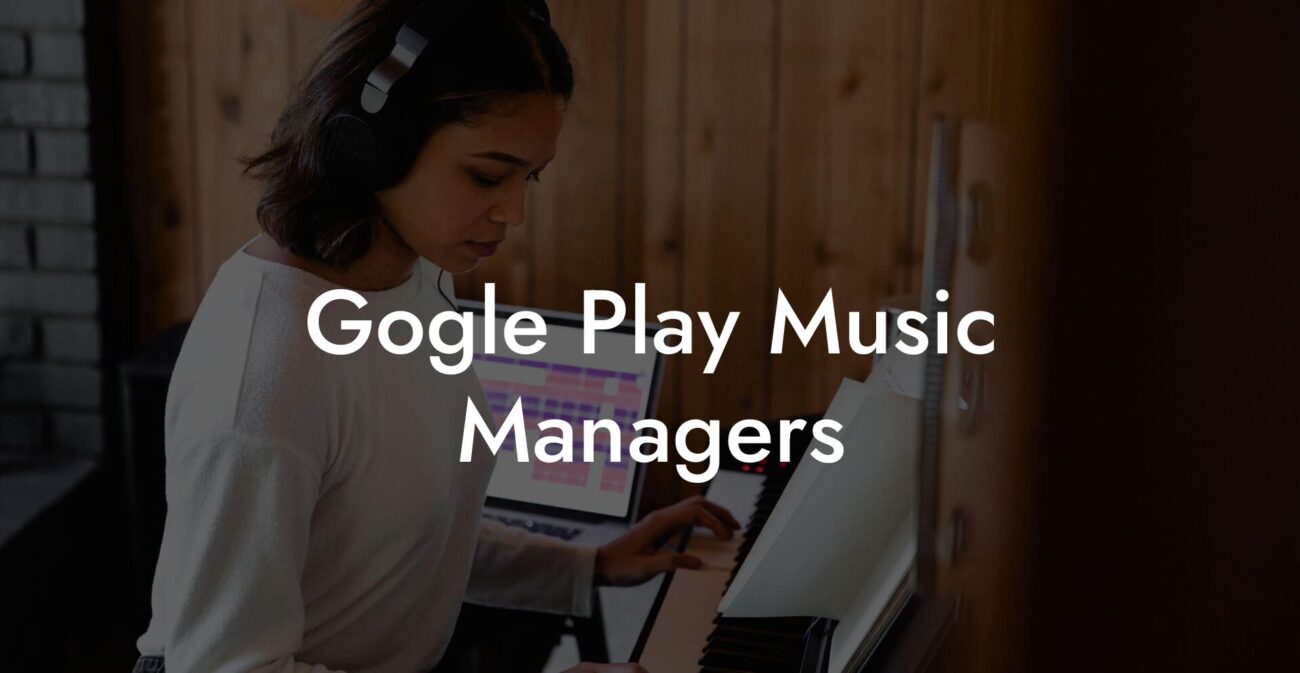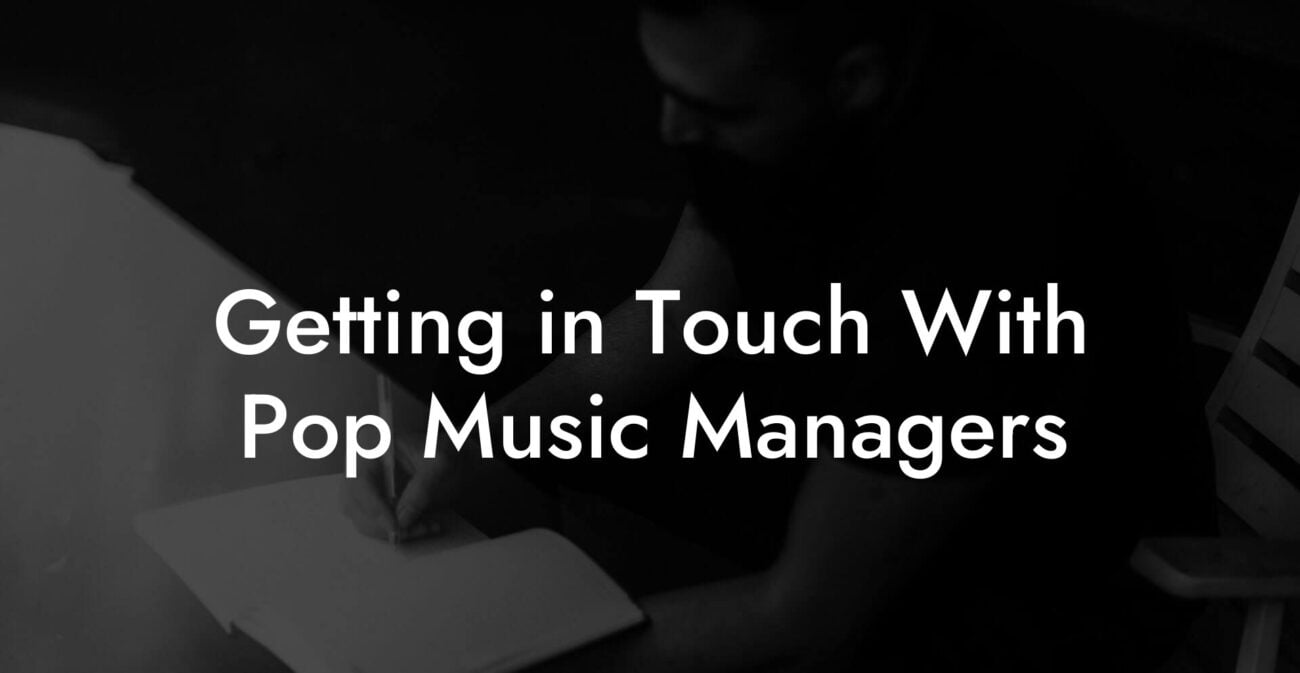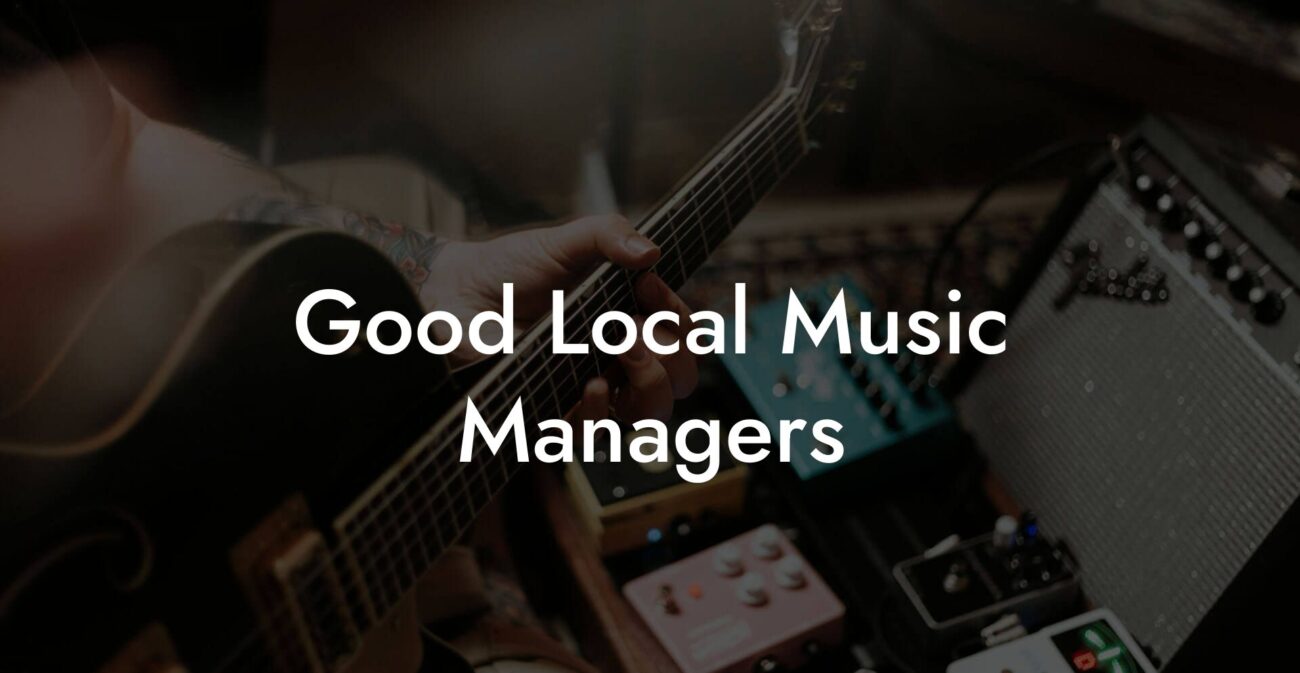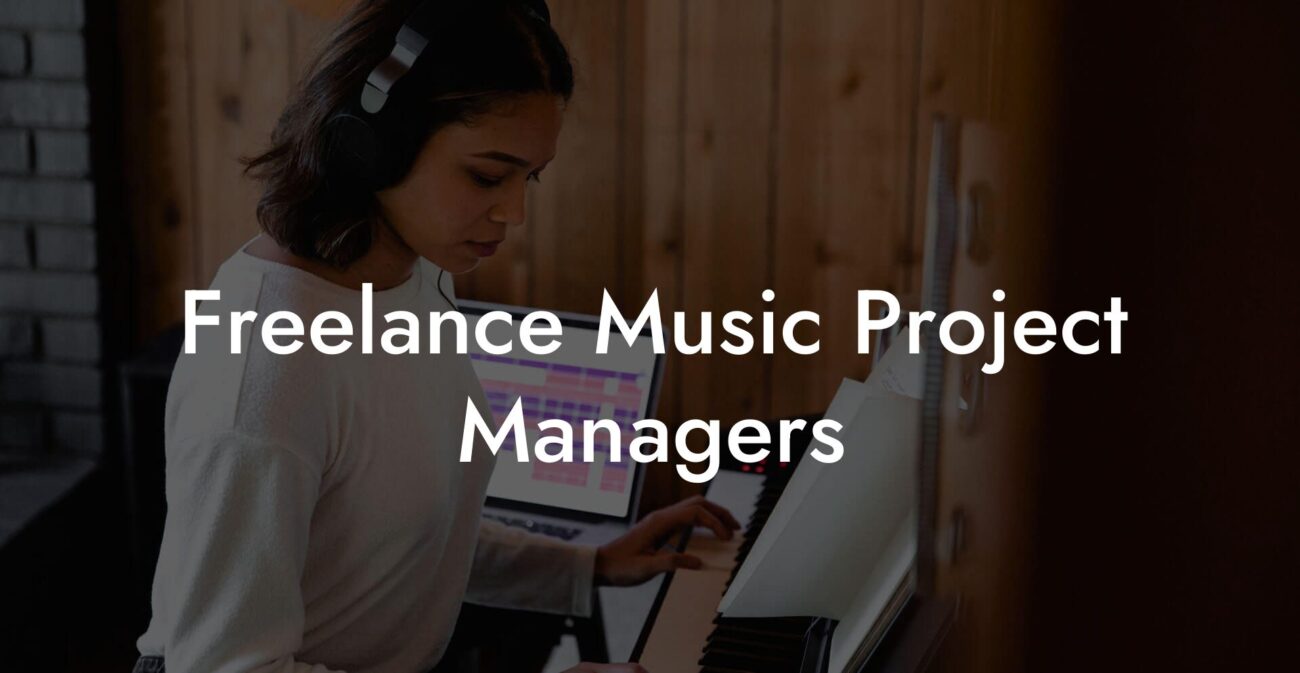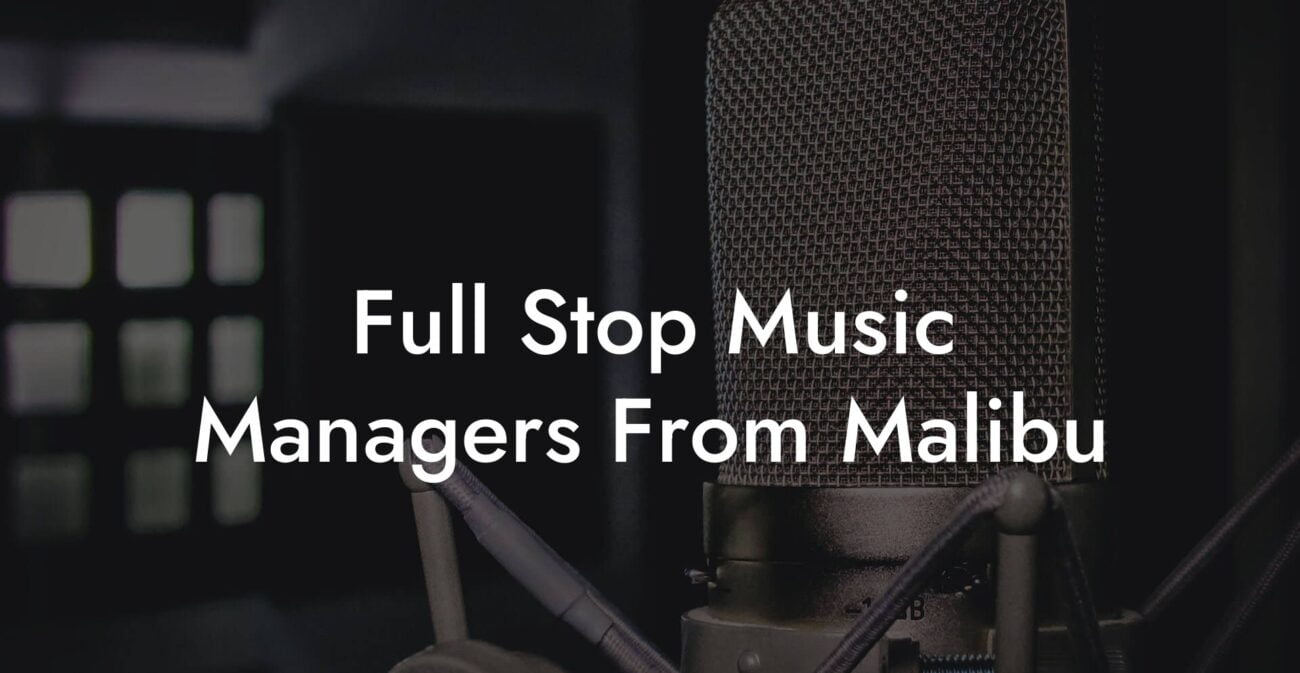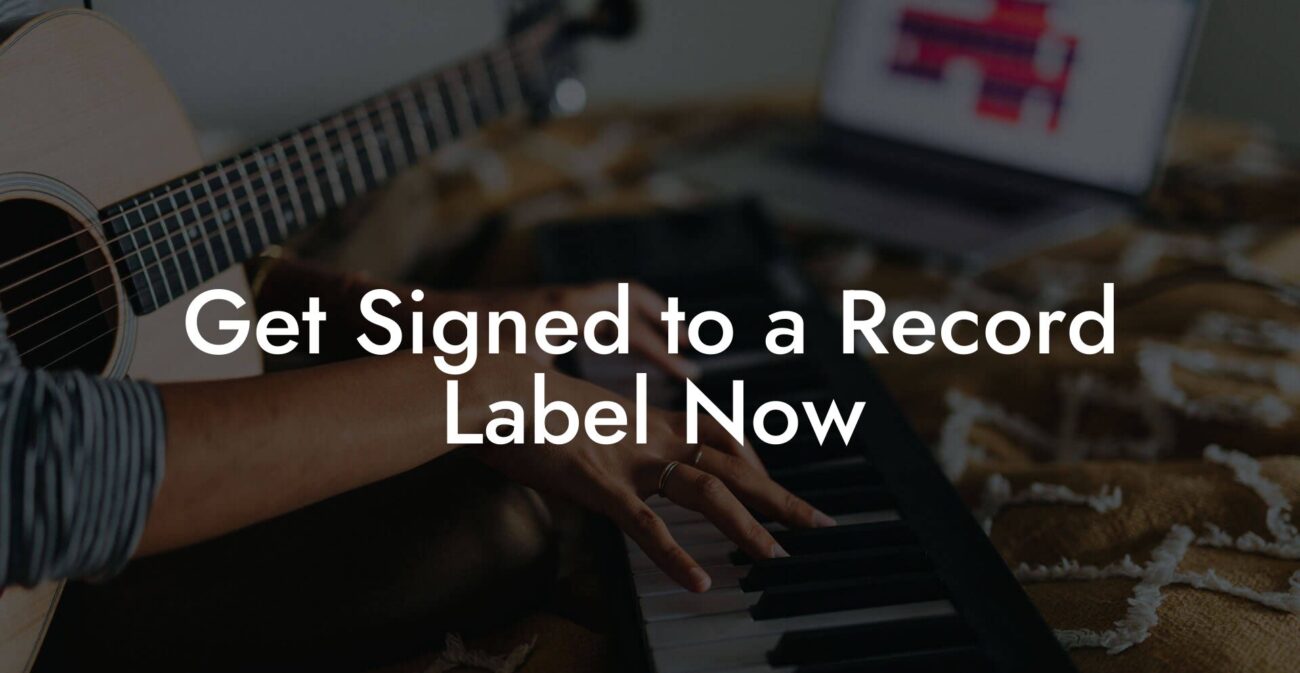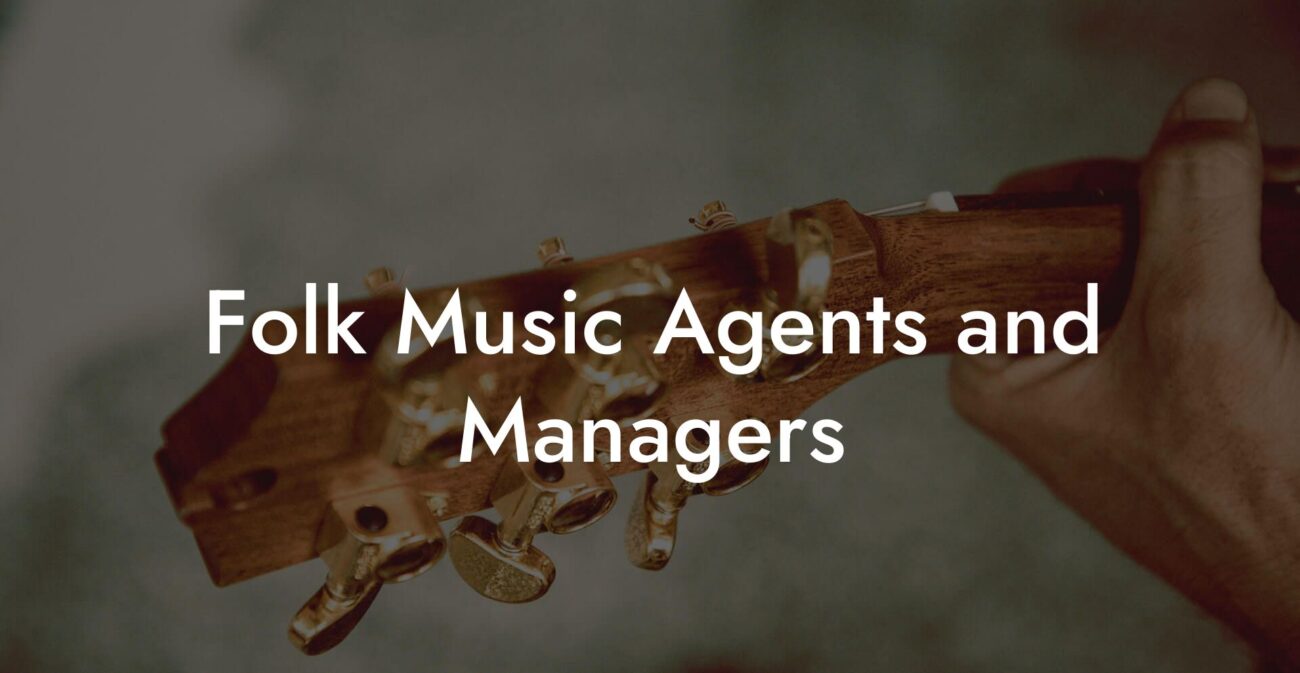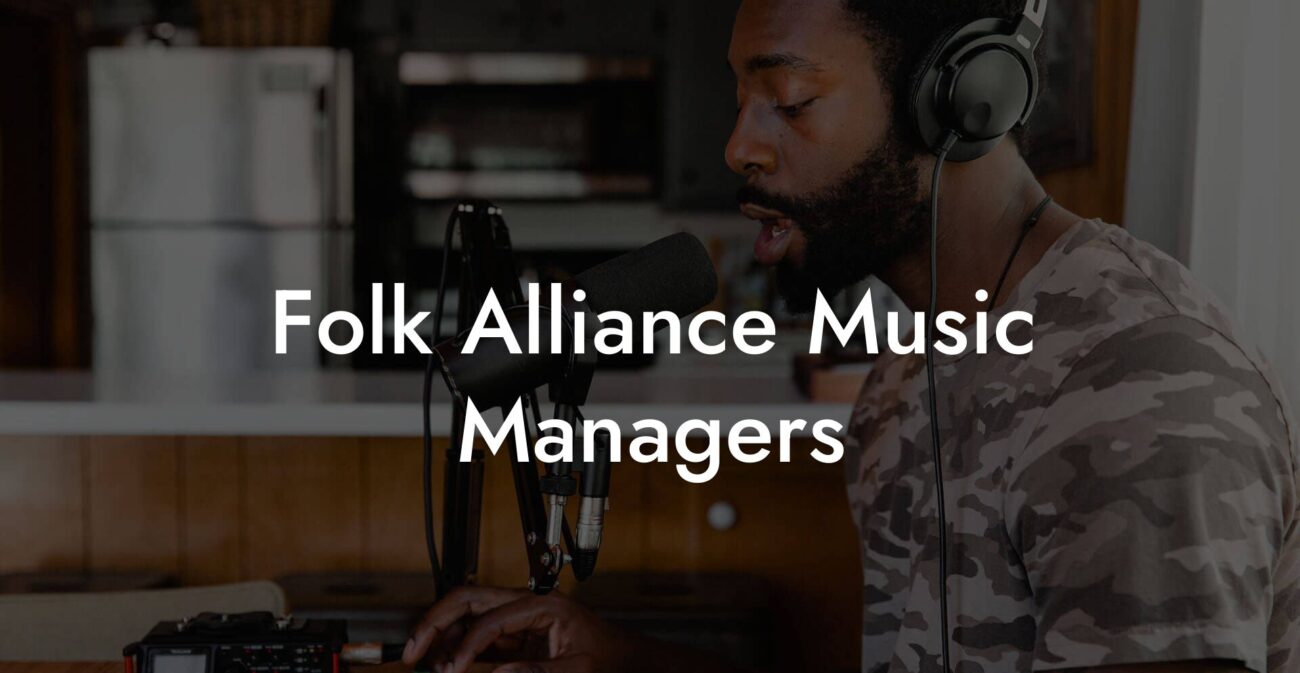Songwriting Advice
How to Make a Song on a Phone
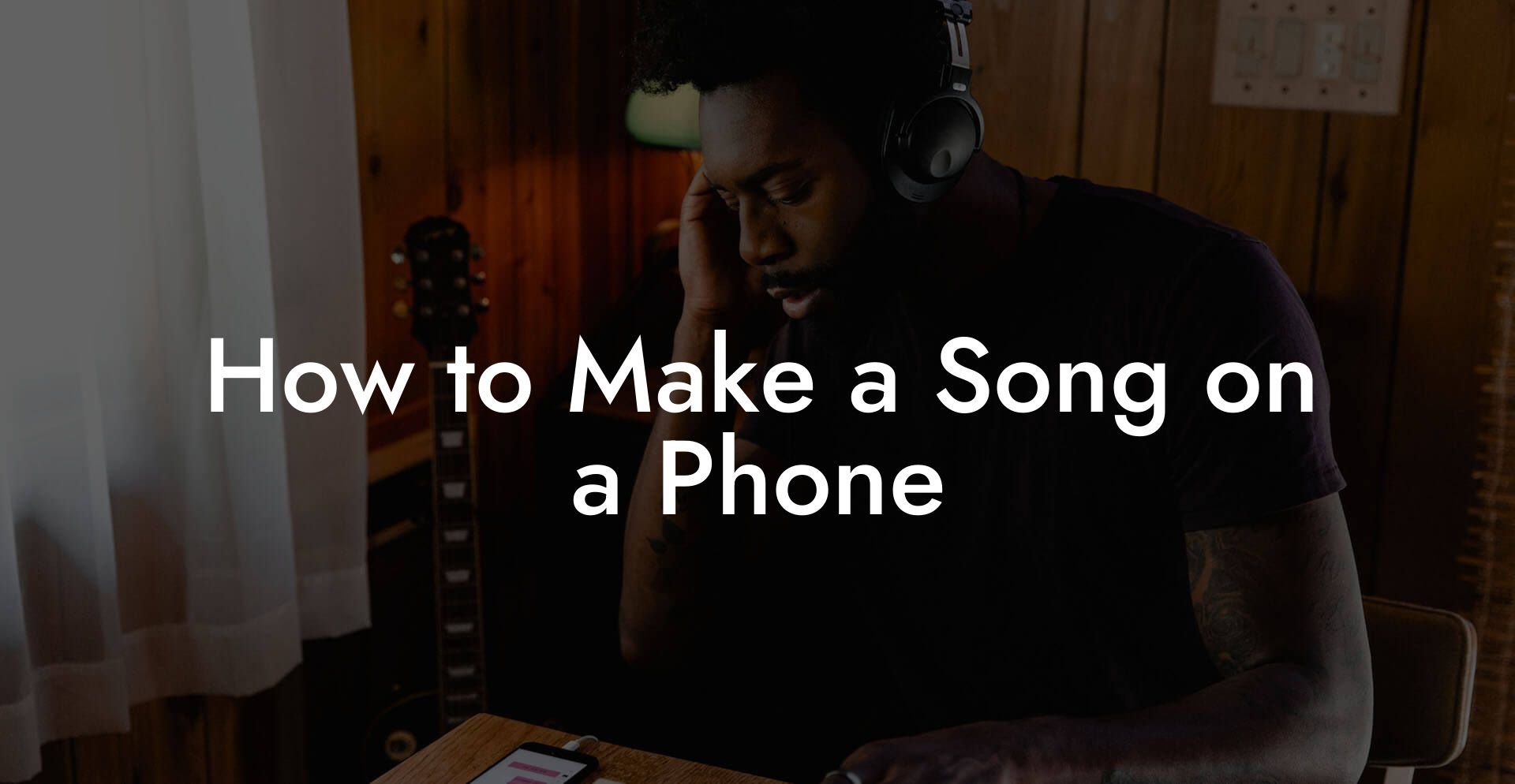
Ever thought of dropping beats and penning lyrics straight from your phone, all while lounging in your pajamas or jamming on public transport? Welcome to the future of music-making, where you don’t need a fancy studio to create the next viral hit. In this guide, we’re diving headfirst into the art and science of crafting a song on your phone. With a mix of high-energy insights, practical tips, and a splash of humor, we’re here to show you that your smartphone can be your most powerful musical instrument.
Looking for the ultimate cheatsheet to skyrocket your music career? Get instant access to the contact details of the gatekeepers of the music industry... Record Labels. Music Managers. A&R's. Festival Booking Agents. Find out more →
Quick Links to Useful Sections
- Embracing Mobile Music Production: Your Digital Sound Studio
- Getting Started: Your Phone, Your Instrument
- The Creative Process: From Concept to Chorus
- Step 1: Spark the Inspiration
- Step 2: Crafting Your Lyrics and Melody
- Step 3: Arranging Your Track
- Essential Mobile Apps for Songwriting and Music Production
- GarageBand
- FL Studio Mobile
- BandLab
- Auxy and Caustic 3
- Recording Techniques: Capturing Your Musical Genius
- Set Up Your Environment
- Recording Vocals and Instruments
- Layering and Editing
- Mixing and Mastering: Polishing Your Track to Perfection
- Mixing: The Art of Balance
- Mastering: The Final Polish
- Innovative Songwriting Techniques to Elevate Your Mobile Music
- Collaborative Songwriting
- Loop-Based Composition
- Sampling Your Surroundings
- Using Mobile Effects and Filters
- Breaking Through Creative Blocks: Pro Tips and Hacks
- Case Studies: Real-Life Journeys of Mobile Music Makers
- The Bedroom Producer's Breakthrough
- The Lyrical Genius on the Go
- A Collaborative Anthem in the Digital Age
- Resources and Community Support: Your Next Steps
- Planning, Production, and the Creative Workflow
- 1. Gather Your Ideas
- 2. Draft Your Song Structure
- 3. Lay Down the Foundation Track
- 4. Build on Your Melody and Lyrics
- 5. Edit, Mix, and Refine
- Mobile Music Trends: How Technology is Shaping the Future of Songwriting
- AI-Assisted Songwriting
- Cloud-Based Collaboration
- Virtual Reality and Augmented Reality Experiences
- Integrating Music with Daily Life: Making the Most of Your Phone
- FAQs: Your Mobile Music Production Questions Answered
- Your Journey to Musical Mastery on the Go
Embracing Mobile Music Production: Your Digital Sound Studio
In today’s fast-paced world, your phone is not just a device for scrolling through social media or snapping selfies—it’s a portable studio that fits in your pocket. Mobile music production has exploded over the past few years, thanks to innovative apps and software that allow you to record, mix, and share tunes wherever you are. Gone are the days when you needed a full rack of expensive gear; now, you can whip up a masterpiece on a smartphone while riding the subway or chilling at a coffee shop.
Picture this: you’re walking down the street, a catchy melody rings in your head, and instead of scribbling notes on a napkin, you fire up your favorite music app and start laying down tracks. The convenience and flexibility of mobile music production open up endless creative possibilities, making it easier than ever for aspiring musicians and seasoned pros alike to create, record, and refine their sound.
This guide will walk you through every step of making a song on your phone—from brainstorming and writing lyrics to recording vocals and mixing beats. Whether you’re a bedroom beat maker or a lyrical genius in the making, read on to discover the secrets behind turning your phone into a musical powerhouse.
Getting Started: Your Phone, Your Instrument
Before you dive into the creative process, it’s essential to recognize all the potential your phone holds as a musical instrument. Most modern smartphones come equipped with powerful processors, high-quality microphones, and the storage capacity to hold hours of audio. But hardware alone isn’t enough; you need the right apps and a game plan to bring your ideas to life.
Let’s break down some fundamental components you’ll need:
- Digital Audio Workstation (DAW) Apps: These are your mobile studios. Popular options include GarageBand for iOS, FL Studio Mobile for both iOS and Android, and BandLab, which offers cross-platform capabilities. Each app comes with its unique features, but they all aim to simplify multitrack recording, editing, and mixing.
- Audio Interfaces and Phones: For those who want to step up their game, several portable audio interfaces connect to your phone, allowing you to record instruments or vocals with extra clarity. However, many beginners can start right with the built-in mic and later upgrade as needed.
- External Microphones: While your phone’s mic is pretty decent, investing in an external microphone can significantly elevate your recordings. Options range from lavalier mics to shotgun mics that plug directly into your device.
- Headphones or Earbuds: Good quality sound output is essential. Whether you’re mixing or simply jamming along, a solid pair of headphones will help you catch every nuance in your tracks.
- Cloud Storage: Always back up your projects to cloud services like Google Drive, Dropbox, or iCloud. This ensures that your brilliant ideas never vanish into the digital abyss.
Equipped with this gear, you’re ready to get creative. The beauty of mobile music production lies in its accessibility and simplicity—anyone with a smartphone and an internet connection can start making music.
The Creative Process: From Concept to Chorus
Now that you’re set up, it’s time to tap into your inner songwriter. Crafting a song on your phone is a journey that starts with an idea and evolves into a full-fledged track. The process might seem daunting at first, but breaking it down into manageable steps makes it much more digestible.
Step 1: Spark the Inspiration
Every song begins with a spark—an idea, a phrase, a melody, or even a feeling. Inspiration can strike at any moment, so keep your phone handy to capture that fleeting moment of genius. Many musicians use note-taking apps or voice memo features to record ideas on the fly. One moment you might be tapping away at a catchy riff, and the next, you’re scribbling down raw lyric ideas.
Try these quick inspiration hacks:
- Use a voice recorder app to capture spontaneous melodies.
- Keep a journal or digital notepad dedicated to your lyrical ideas.
- Explore songwriting prompts on social media and creative writing communities.
- Listen to a variety of music genres and let unexpected sounds trigger your creativity.
Step 2: Crafting Your Lyrics and Melody
Once the spark has ignited, it’s time to fan the flames. Start by outlining the structure of your song—typically, a verse-chorus-verse-chorus-bridge-chorus layout works wonders. This structure gives your song a familiar framework, making it easier for listeners to connect with you.
For lyricists, this is where the real magic happens. Use your phone’s note app or a specialized lyric-writing tool to jot down lines, experiment with rhymes, and play with wordplay. Don’t worry about perfection—let your ideas flow freely, and you can always refine them later. Even if you start with a rough draft, remember that the evolution of your lyrics is part of the creative process.
When it comes to melody, try humming or singing different tunes over your chord progressions using your phone’s built-in recording app. Experimentation is key—record multiple takes, mix and match parts, and find the melody that perfectly complements your words.
Step 3: Arranging Your Track
With a solid idea and raw material in hand, it’s time to arrange your track. This is where you decide on the structure, tempo, and overall mood of the song. Think of yourself as a musical architect, piecing together each element of your track to craft an auditory masterpiece.
In your mobile DAW, you can layer different instruments, vocals, and effects to create a rich soundscape. For many new producers, the process involves dragging and dropping loops, tweaking virtual instruments, and applying effects like reverb or delay to add depth and personality to each section.
Don’t be afraid to experiment with different sounds and arrangements. The beauty of digital recording is that you can undo, redo, and tweak every element until it feels just right.
Essential Mobile Apps for Songwriting and Music Production
In the world of mobile music production, the right app can make all the difference. Let’s take a look at some of the top apps that are favored by budding musicians and seasoned producers alike.
GarageBand
Available exclusively for iOS users, GarageBand offers a robust set of tools for creating music on the go. With an intuitive touchscreen interface, a library of virtual instruments, and a range of recording options, GarageBand lets you experiment with different genres—from rock to hip hop, and everything in between.
GarageBand also includes smart instruments that automatically adjust to your playing style, making it easier for beginners to create professional-sounding tracks without a steep learning curve.
FL Studio Mobile
A cross-platform powerhouse, FL Studio Mobile brings many of the desktop version’s features to your phone. It’s perfect for electronic music producers who want to mix, arrange, and synthesize beats on the fly. The app includes high-quality synthesizers, drum kits, and slicing tools that let you chop samples and reassemble them into something fresh and exciting.
BandLab
More than just a DAW, BandLab is a full-fledged social music platform. Record your tracks, mix and match layers, and even collaborate with other musicians from around the world—all directly from your smartphone. Its cloud-based storage and community features make it a great choice for those looking to share their music and gain feedback.
Auxy and Caustic 3
If you’re into electronic music, apps like Auxy and Caustic 3 offer a streamlined, beat-making experience that’s both fun and powerful. These apps focus on pattern-based sequencing, giving you a canvas to experiment with different sounds, loops, and effects. Their user-friendly interfaces and real-time editing capabilities make them perfect for those moments of pure inspiration.
Each of these apps comes with its own set of features and tools, so explore them to find the one that aligns best with your creative vision. The beauty of mobile music production is that you can always switch between apps and platforms as your skills evolve.
Recording Techniques: Capturing Your Musical Genius
With your ideas, lyrics, and melodies taking shape, it’s time to record your masterpiece. Recording on a phone isn’t just about pressing the record button—it’s an art form that involves capturing the raw emotion and energy of your performance.
Set Up Your Environment
The quality of your recording can be heavily influenced by your environment. Find a quiet space where background noise is minimal. If you’re recording vocals, a closet filled with clothes or even a DIY vocal booth can work wonders in reducing unwanted echoes.
Consider these tips to optimize your recording setup:
- Location: Choose a quiet room away from noisy appliances or busy streets.
- Acoustic Treatment: Use household items like pillows, blankets, or foam to dampen sound reflections.
- Microphone Placement: Experiment with the distance and angle of your microphone to find the best sound quality without distortion.
- Test Recordings: Always do a quick test recording to check levels and adjust settings before the full take.
Recording Vocals and Instruments
Whether you’re laying down vocals or recording an instrument, the key is to capture the performance authentically. For vocals, speak or sing clearly into the microphone, and consider using a pop filter (or even a simple piece of cloth) to minimize plosive sounds. When recording instruments, ensure that each element is balanced well in the mix.
Most mobile DAWs allow you to record multiple tracks, which means you can lay down a solid foundation with one recording and then build over it with additional layers. This technique, known as overdubbing, lets you experiment with different sounds and perfect your arrangement.
Layering and Editing
Once you’ve recorded your raw tracks, the fun part begins: layering and editing. This is your chance to shape the final sound. Use your DAW’s editing tools to trim, loop, or even manipulate individual audio clips. Experiment with effects such as reverb, delay, and EQ to refine the mood and texture of your track.
Don’t hesitate to experiment with creative transitions or unexpected sound effects. Sometimes the best musical breakthroughs come from a little bit of serendipity in the editing process.
Mixing and Mastering: Polishing Your Track to Perfection
Mixing and mastering are the final steps that transform your raw recordings into a cohesive, polished track. Think of mixing as the art of balancing each element in your song, while mastering is the final touch that ensures your track sounds great on any device.
Mixing: The Art of Balance
During the mixing stage, you’ll adjust volume levels, panning, and apply effects to ensure every instrument and vocal sits perfectly in the mix. Here are some key techniques:
- Volume Balancing: Adjust the levels so that no single element overwhelms the others.
- Panning: Use stereo panning to create space and depth in your track, placing different sounds at various positions in the sound field.
- Equalization (EQ): Fine-tune the frequencies of each track to eliminate muddiness and enhance clarity.
- Compression: Apply compression to smooth out dynamics, ensuring vocals and instruments maintain a consistent presence.
Many mobile DAWs offer built-in presets that can help guide you through the mixing process, making it accessible even if you’re new to audio engineering.
Mastering: The Final Polish
Mastering is the process of adding the final layer of shine to your track. While it might sound technical, you don’t need to be an audio engineer to get good results. Mobile apps like BandLab and others come with automated mastering tools that analyze your track and make subtle adjustments to levels, frequencies, and overall loudness.
A well-mastered track will sound consistent across various playback devices, from your booming home speakers to your trusty earbuds on the go.
Take the time to play your track on different devices and environments to ensure the final mix is balanced and pleasing. Remember, mastering is the cherry on top of your creative process—it elevates your song from a rough demo to a professional-quality piece ready for sharing.
Innovative Songwriting Techniques to Elevate Your Mobile Music
Creativity doesn’t have to be confined by traditional rules. When making a song on your phone, the limitations can often open up new avenues for innovation. Here are some out-of-the-box techniques to keep your music fresh and exciting:
Collaborative Songwriting
The digital age is all about connection. Use cloud-based apps like BandLab to co-write and collaborate with musicians around the globe. Whether you’re sharing beats, lyrics, or vocal hooks, collaborating can bring in a fresh perspective that transforms your song into something truly special.
Loop-Based Composition
Experiment with loop-based composition by building your track around repeating musical phrases or chord progressions. This method allows you to focus on melody and rhythm without getting bogged down by traditional song structure constraints. Once you have a solid loop, start layering additional elements to bring complexity and variation.
Sampling Your Surroundings
Your phone is equipped with a powerful microphone that can turn everyday sounds into creative samples. Whether it’s the rhythmic tapping of rain on your window, snippets of conversation, or unexpected environmental sounds, sampling can add a unique, personal touch to your music.
Using Mobile Effects and Filters
Modern mobile apps offer a treasure trove of effects and filters that let you manipulate sound in creative ways. From vintage vinyl effects to futuristic digital glitches, these tools can turn a simple melody into an atmospheric soundscape. Don’t be afraid to experiment, as sometimes the quirkiest effects can lead to your next signature sound.
The key to innovative songwriting is to keep experimenting. The freedom of mobile music production means there is no right or wrong—only opportunities to try something new and unexpected.
Breaking Through Creative Blocks: Pro Tips and Hacks
Even the most inspired musicians hit creative blocks. If you’re staring at a blank screen wondering how to start your next track, don’t stress—it happens to the best of us. Here are some creative hacks to help you push through those barriers:
- Change Your Environment: Switch up your surroundings. A new location can offer a fresh perspective and unexpected inspiration.
- Embrace Imperfection: Don’t wait for the ‘perfect’ idea. Start recording whatever comes to mind and refine your work later. Remember, even a rough draft is progress.
- Set a Timer: Challenge yourself with short bursts of creativity. Allocate 10–15 minutes to free-write or improvise a melody—never underestimate the power of a creative sprint.
- Listen to New Music: Broaden your musical palette by exploring genres you wouldn’t normally listen to. You might just discover an unexpected beat or lyrical twist that ignites your creativity.
- Join a Community: Engage with online forums, social media groups, or local meet-ups where musicians share tips, inspirations, and constructive feedback.
Remember, creativity is rarely a linear process. Allow yourself the space to experiment, fail, and try again. Every setback is just another stepping stone to your next great hit.
Case Studies: Real-Life Journeys of Mobile Music Makers
Sometimes, the most inspiring stories come from those who dared to break the mold. Here are some real-life examples of musicians who transformed their smartphones into dynamic studios, proving that you don’t need a high-end setup to make magic.
The Bedroom Producer’s Breakthrough
Meet Alex, a college student with a passion for electronic music. With a tight budget and a busy class schedule, Alex turned to his iPhone and GarageBand to experiment with beats and synths late at night. Testing various loops and sampling ambient sounds from his everyday life, he managed to create a track that not only went viral on social media but also caught the attention of a local record label. Alex’s journey shows that determination and resourcefulness can lead to big opportunities—even from a makeshift mobile studio.
The Lyrical Genius on the Go
Then there’s Mia, a freelance writer with a love for storytelling through music. Using her smartphone’s voice recorder and a simple lyric writing app, Mia captured her spontaneous bursts of inspiration during long commutes and late-night walks. Gradually, she wove together narratives and melodies that resonated with her growing audience online. Mia’s story reminds us that creativity doesn’t wait for the perfect setting—it thrives on the exchanges between your mind and the environment around you.
A Collaborative Anthem in the Digital Age
Lastly, consider the story of Jordan and his band of digital nomads. During lockdown, when meeting in person wasn’t an option, Jordan and his friends turned to mobile apps like BandLab to collaborate. Each member recorded their parts from different corners of the world, seamlessly piecing together a track that celebrated both loneliness and unity in the digital era. Their innovative use of mobile tools highlights how technology can bridge distances and foster creative partnerships.
These case studies aren’t just feel-good stories—they’re proof that with creativity, passion, and a willingness to experiment, your phone can be the gateway to a musical breakthrough.
Resources and Community Support: Your Next Steps
Ready to take your mobile music production to the next level? There’s a vibrant community of like-minded musicians and experts who share tips, tutorials, and support. Here are some resources and communities that can help you refine your skills and connect with fellow creators:
- Online Forums and Social Media Groups: Platforms like Reddit (r/makinghiphop, r/WeAreTheMusicMakers), Facebook groups, and Discord channels offer active communities where you can share your tracks, get feedback, and learn from experienced mobile producers.
- YouTube Tutorials: Channels dedicated to mobile music production can provide in-depth walkthroughs, app reviews, and creative techniques. Search for tutorials on apps like GarageBand, FL Studio Mobile, and BandLab to kickstart your learning.
- Mobile Music Production Blogs: Follow blogs and websites that focus on the latest trends, reviews, and how-to guides in mobile music making. They often share exclusive tips and troubleshooting advice to keep your creative process running smoothly.
- Workshops and Online Courses: Consider enrolling in online courses or virtual workshops that focus on songwriting, mixing, and mastering on mobile devices. Many courses are tailored for beginners and can provide structured guidance.
- Lyric Assistant Tools: If writing lyrics is your jam, check out platforms like Lyric Assistant for tools that help craft engaging and creative lyrics for your next song.
Don’t hesitate to reach out, collaborate, and learn from others. The journey of mobile music production is ever-evolving, and being part of a community can provide ongoing inspiration and support.
Planning, Production, and the Creative Workflow
Every great song has a process behind it, and the key is to break down your workflow into manageable, repeatable steps. Your creative process might look different from someone else’s, but here’s one effective approach:
1. Gather Your Ideas
Start by collecting snippets of inspiration—be it a catchy melody that pops into your head, a lyric phrase that feels promising, or even a particular sound you can’t get out of your mind. Use your phone to record these ideas as they come, so you never lose a creative gem.
2. Draft Your Song Structure
Plan out the skeleton of your song. Most songs follow a familiar structure such as intro, verse, chorus, verse, chorus, bridge, and outro. Sketch a rough outline that maps out where your various ideas will fit, giving your creation a cohesive flow.
3. Lay Down the Foundation Track
Use your DAW to create a basic backing track. This might include a drum loop, a bassline, or other foundational elements. A solid base track not only anchors your song but can also spark new ideas as you layer additional elements on top.
4. Build on Your Melody and Lyrics
With your foundation in place, start recording your vocals or instrumental solos, and experiment with different harmonies. Don’t be afraid to record multiple versions—sometimes the first take isn’t the best, and you might stumble upon that perfect tweak in a later version.
5. Edit, Mix, and Refine
Now comes the editing phase: trim out any mistakes, adjust levels, and add effects to polish your track. Listen critically and make adjustments until your song feels balanced and complete.
This structured approach not only keeps you organized but also turns the daunting task of song-making into an enjoyable and systematic journey. Each step builds upon the last, ensuring you’re always moving forward with a clear purpose.
Mobile Music Trends: How Technology is Shaping the Future of Songwriting
The world of mobile music production is constantly evolving, with new apps, trends, and technologies emerging all the time. Let’s explore a few trends that are transforming how we write and produce music on the go:
AI-Assisted Songwriting
Artificial intelligence is making waves in songwriting. There are now tools that can suggest chord progressions, generate lyric ideas, and even help arrange musical elements based on your input. These AI-driven assistants can spark inspiration and streamline your creative process, making it easier to overcome creative blocks.
Cloud-Based Collaboration
With cloud storage and collaboration features, musicians can now work together seamlessly from different parts of the world. Whether you’re co-writing a song or sharing feedback on a track, the digital workspace makes it easier than ever to collaborate without ever leaving your phone.
Virtual Reality and Augmented Reality Experiences
Imagine stepping into a virtual studio where you can interact with your music in a 3D space. While still in its early stages, VR and AR technologies are beginning to influence how we experience and produce music. These technologies promise to revolutionize live performances, interactive music videos, and even the songwriting process itself.
Staying informed about these trends can not only inspire your creations but also keep you ahead of the curve as the landscape of music production continues to shift and evolve.
Integrating Music with Daily Life: Making the Most of Your Phone
One of the major perks of mobile music production is its integration into everyday life. Your phone is always with you, making it the perfect tool for finding music in everyday moments. Here are a few concepts on integrating music creation seamlessly into your daily routine:
- On-the-Go Creativity: Capture street sounds, snippets of conversation, or nature’s ambience and use them as samples or inspiration for your tracks.
- Time Management: Dedicate short bursts of time each day for creative experiments. Whether it’s a 10-minute brainstorming session during lunch or a quick recording session before bed, consistency is key.
- Social Sharing: Use your phone’s connectivity to share unfinished tracks online. Feedback from friends and fellow musicians can open up new creative pathways and motivate you to push your boundaries further.
- Setting Reminders: Use apps like calendar alerts or task managers to schedule dedicated music-making sessions. Consistent practice not only refines your skills but also helps overcome the inertia of creative blocks.
Integrating music into your daily routine transforms it from a hobby into a lifestyle—a lifestyle where every sound, every moment, and every heartbeat can become a note in your next masterpiece.
FAQs: Your Mobile Music Production Questions Answered
We’ve compiled some of the most commonly asked questions about making a song on your phone. Hopefully, these answers provide clarity and inspire you to dive even deeper into mobile music production.
1. Do I really need expensive gear to make a good song on my phone?
Not at all! While investing in an external microphone or audio interface can improve quality, many successful tracks are produced using just the built-in mic and a good mobile DAW.
2. Which mobile app is best for songwriting?
It depends on your needs. GarageBand is excellent for iOS users; FL Studio Mobile offers great features for electronic music production; and BandLab is perfect for collaboration and cross-platform work.
3. Can I record multiple tracks on my phone?
Yes, most mobile DAW apps allow multitrack recording, so you can layer vocals, instruments, and samples seamlessly.
4. How do I edit and mix tracks on a phone?
Mobile DAWs come with intuitive editing interfaces that enable you to trim clips, add effects, adjust volume levels, and pan instruments. With practice, you can achieve a balanced, professional sound right on your phone.
5. What are some ways to overcome writer’s block during songwriting?
Try capturing fleeting ideas through voice memos, experimenting with new genres or instruments, collaborating online, or simply taking breaks to refresh your mind. Sometimes, stepping away briefly can reignite your inspiration.
6. Can I use my phone to produce complete tracks for commercial release?
Absolutely. Many commercial hits have been produced primarily on mobile devices. With the right apps, techniques, and a bit of creativity, your track can be studio-quality.
7. What role does lyric writing play in mobile music production?
Lyrics are a key component of many songs. Using lyric writing tools or apps like Lyric Assistant can help you craft compelling narratives that resonate with your audience.
8. Is mobile music production suitable for all genres?
Yes! Whether you’re into hip hop, rock, EDM, or indie folk, mobile apps offer the versatility to cater to a wide range of musical styles.
Your Journey to Musical Mastery on the Go
Embracing the world of mobile music production means more than just learning how to use apps or record tracks—it’s about discovering a new way to express yourself and share your voice with the world. Whether you’re a bedroom beat maker experimenting with new sounds or a lyricist channeling your inner poet, your phone is a gateway to limitless creative potential.
Every recording session, every note tapped, and every lyric penned on your smartphone propels you further along your musical journey. Remember, the path to musical mastery is paved with experimentation, perseverance, and an unwavering belief in your creative vision. So next time inspiration strikes—no matter where you are—grab your phone, open your favorite app, and let your creativity flow.
As you explore the endless possibilities of mobile music production, embrace the learning curve, celebrate your breakthroughs, and remember that every step, no matter how small, brings you closer to creating something uniquely yours. Your journey to making a song on your phone isn’t just about technology; it’s about passion, innovation, and the raw, unfiltered joy of creating music on your own terms.
So, tune in, tap away, and transform your everyday moments into musical masterpieces. The next big hit might very well be waiting to be created on your phone—let your musical journey begin now!

